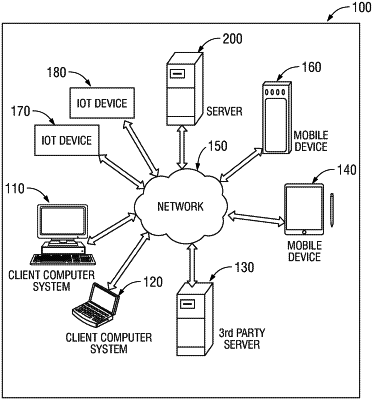| CPC G16H 40/20 (2018.01) [G16H 40/60 (2018.01); G06Q 10/06 (2013.01); G16H 40/40 (2018.01)] | 24 Claims |

|
1. A computer-implemented method of managing hospital operating room turnover, the method comprising:
receiving, at a server including a memory, a request from a first device configured to be operated by a first individual, the request associated with a task, the request including a start due time, an acceptance due time, and a type of staff, wherein the request includes a delay time for the operating room turnover, the request associated with a predetermined number of unique tokens, wherein the type of staff includes at least one of housekeeping, maintenance personnel, nursing, nursing assistants, anesthesiologist, or surgeon;
communicating, from the server, the request associated with the task to a second device configured to be operated by a second individual;
receiving, at the second device, input associated with a first acceptance of the request at a first acceptance time by the second individual;
recording the first acceptance time in the memory;
automatically unlocking an electronic lock of a door of an operating room, based on the first acceptance;
determining if the first acceptance is on time based on comparing an acceptance time with the acceptance due time to determine if acceptance time is earlier than or equal to the acceptance due time;
communicating, from the server to the second device, a signal that the received first acceptance has been approved;
associating a unique token with the task in response to the signal that the first acceptance has been approved;
determining if a second acceptance, from a third device configured to be operated by a third individual, of the task was received at a time prior to the first acceptance;
determining that a quantity of tokens associated with the task exceeds the predetermined number and communicating a message to the third device that there are enough users assigned to the task based on the determination;
in a case where the second acceptance of the task was not received, communicating, from the second device to the server, a signal indicating that the task has started and a task start time;
recording the task start time in the memory;
determining, at the server, if the first acceptance or the second acceptance is on time, the determining including comparing the task start time with the start due time to determine if the task start time is earlier than or equal to the task start due time;
determining a completion of a task based on receiving a task completion from a plurality of staff;
transmitting, from the second device, a signal indicating that the task is complete based on the determination;
automatically locking the electronic lock of the door of the operating room, based on an end of a “dry time”, wherein the “dry time” includes a predefined period of time where the operating room is cleaned by chemicals;
recording, at the server, completion of the task based on the signal indicating that the task is complete; and
transmitting, from the server, a signal to the first device to indicate availability of the operating room.
|